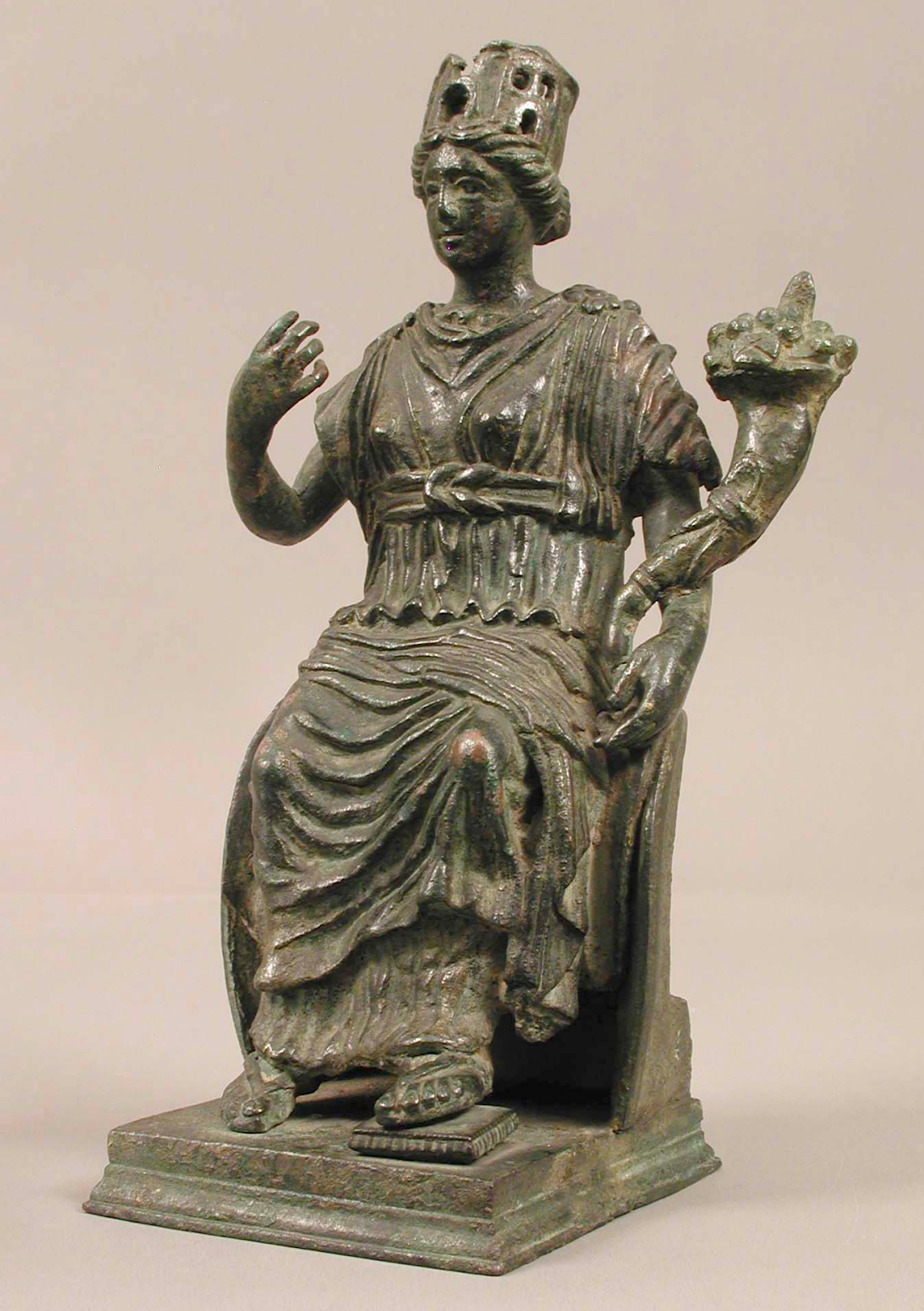The Narrative Enigma: Perseus and Medusa Sculpture at the Metropolitan Museum of Art
Immerse yourself in the splendor of the European Sculpture Court at the Metropolitan Museum of Art. Amidst the masterpieces, one statue stands out with its compelling storytelling ability—the Perseus with the Head of Medusa. Discover the striking connection between this sculpture and Canova's replica of Perseus in the Vatican museums, which elegantly borrows from the grace of Apollo Belvedere.
A Captivating Contrast: Canova vs. Caravaggio - Beauty and Horror in Sculpture
Dive into the enthralling juxtaposition between Canova's Perseus and
Caravaggio's Medusa's Head. While Caravaggio's interpretation leans towards horrific grandeur, Canova's sculpture opts for subtle beauty and triumphant serenity. Explore the intricate details that distinguish the two artistic approaches, including Canova's subtle depiction of snakes on Medusa's brow.
The Hero's Quest: Perseus's Epic Adventure
Unravel the captivating tale of Perseus, the valiant son of Zeus, and his heroic quest to slay the mortal Gorgon, Medusa. Discover the harrowing circumstances that led Perseus to undertake this perilous mission, from being locked in a chest as a child to seeking revenge against Polydectes, his mother's treacherous husband. Journey alongside Perseus as he ventures to the edge of the world in pursuit of his formidable foe.
Divine Assistance: Gods, Goddesses, and Nymph Sisters
Explore the intricate web of divine intervention that guided Perseus on his quest. Uncover the gods and goddesses who lent their aid, including Athena, who bestowed him with a shield, and Hermes, who granted him a scimitar. Delve into the critical role played by the Graeae, the nymph sisters who provided invaluable assistance on his treacherous path.
Triumph over the Gorgon: Perseus's Confrontation with Medusa
Witness the climactic battle as Perseus faces Medusa, armed with his shield, scimitar, cape of invisibility, and winged sandals. Learn Perseus's crucial tactic to avoid Medusa's deadly gaze and transform her into stone. Discover the astonishing outcome of their encounter, as Pegasus, the legendary winged horse, emerges from Medusa's severed head.
Engage Your Classroom with Three-Day English Language Arts Lesson Ignite your students' imagination and passion for Greek mythology with a meticulously designed
three-day English Language Arts Lesson. Dive deep with a unit on
the hero's journey, divine intervention, heroism, conflict, and the mythical creatures that populate the ancient Greek world. This resource is specifically tailored for distance learning, providing Google Apps, PDF, and Easel Activities and Assessments (exclusive to
Teachers Pay Teachers) compatible with Google Classroom and other learning management platforms.
Unlock the Power of Greek Mythology with Our Resource
Our comprehensive resource package is aligned with Common Core Standards, making it a valuable addition to your curriculum. Featuring teacher's notes, a three-day lesson calendar, engaging activities, and assessment tools, this resource ensures an immersive and educational experience for your students. Foster critical thinking and literary analysis as you explore the representation of Perseus and Medusa in different artistic mediums.
Unleash the Potential of Greek Mythology in Your Classroom
Introduce your students to the fascinating world of
Greek mythology through our engaging and thought-provoking educational resource. Perfect for middle and high school students, this resource can be seamlessly integrated into an
English Language Arts Mythology unit or as a standalone lesson. Combine it with other
myth-related materials to create a comprehensive exploration of ancient Greek culture and storytelling.
Unearth the Mysteries of Greek Mythology Today!
Take advantage of this unique opportunity to bring the mesmerizing tales of Perseus, Medusa, and other mythological figures to life in your classroom. Equip your students with the knowledge and analytical skills to appreciate these captivating stories' timeless beauty and significance. Dive into the realm of Greek mythology and watch your students' imaginations soar!
For more information and to access our educational resources, please visit Stones of Erasmus on Teachers Pay Teachers, and other educational content sites.
.png)








